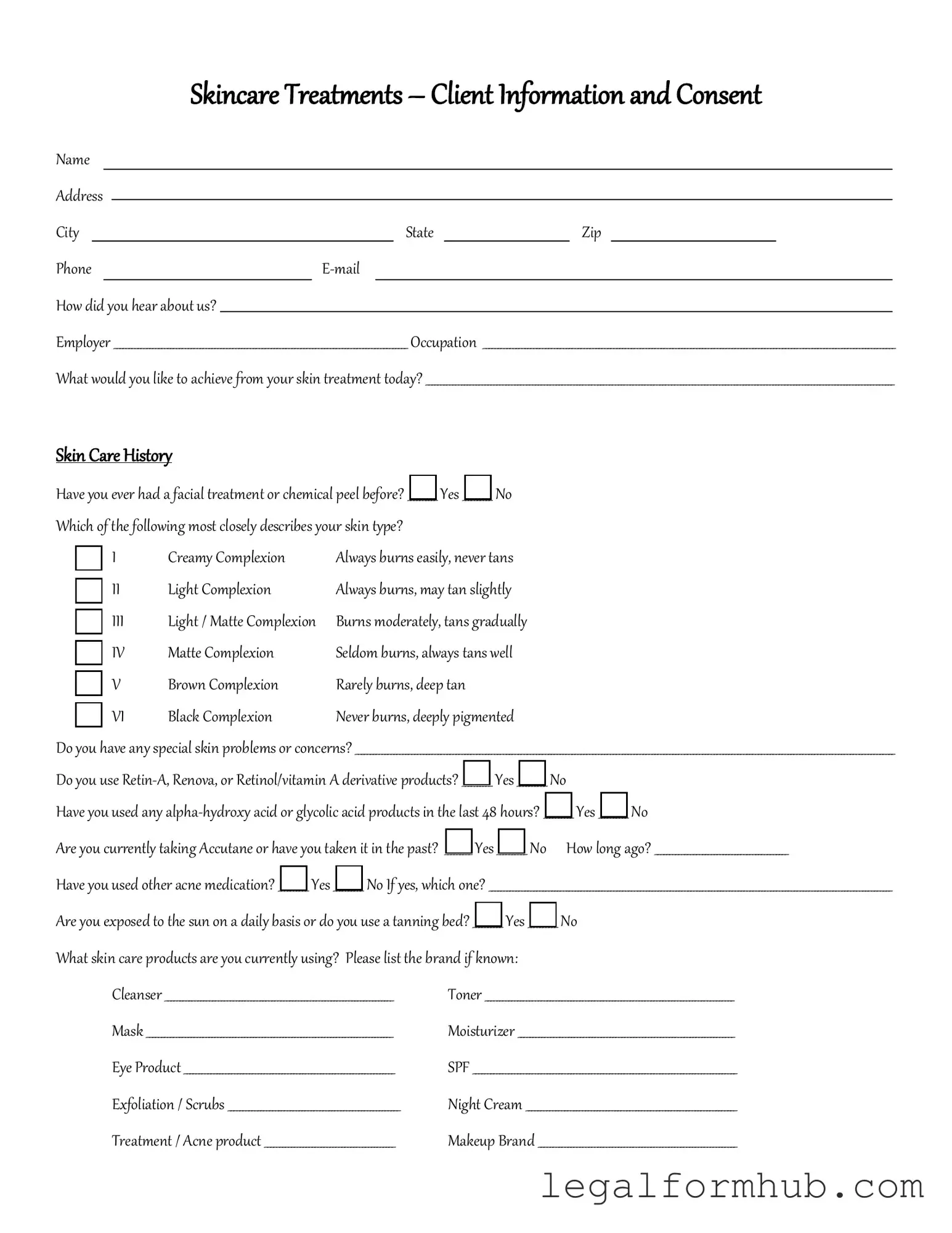Fill Your Facial Consent Form
The Facial Consent form is a document that ensures clients understand the procedures and potential risks associated with facial treatments. This form is designed to protect both the client and the service provider by establishing clear communication regarding the treatment. By signing the form, clients acknowledge their consent and confirm their understanding of the process.
Open Facial Consent Editor Here
